Mala beads are lovely to look at and feel good to touch. But these simple beads have a greater purpose. They are potent resources that may direct and amplify one's mindfulness practices.
Keep in mind that a mala's effectiveness is not dependent on the inclusion of precious stones or other costly components. Pick (or make) the one that resonates with you the most. Here's a quick guide on how many beads you should buy for your mala bracelet.
What Are Mala Bracelets?
The term "mala" refers to a string of beads and originates from the Sanskrit word for "garland." Tibetan Buddhists in the Himalayas are credited with popularizing the usage of Malas. But now, people of many religions and cultures throughout the globe appreciate and benefit from using them. Buddhist monks still wear Malas on their wrists today, since they are an integral component of their ritual garb.
How Many Beads Does Malas Have?
Buddhists, Hindus, and some Sikhs all utilize necklaces with 108 beads in them. However, subsequent Buddhist sects might either keep all 108 beads or split them into successive twos and fours for brevity or informality, resulting in sets of 18, 27, 54, or the complete 108. Depending on local customs, a tassel or other ornamental element may also be added.
The Number 108 has many connotations in a variety of religions. In Buddhism, for example, it symbolizes the 108 defilements of the mind. In yoga, there are said to be 108 energy lines that converge to form the heart chakra. There are also 108 Upanishads and 108 marma points (pressure points).
How Many Beads Should I Buy for My Mala Bracelet?
You can purchase a mala bracelet with as few as 18 beads or as many as 108. If you're new to using a mala, we recommend starting with a smaller number of beads (18 or 27). Once you get the hang of it and feel ready to commit to a longer meditation, you can move up to 54 beads or the full 108.
Some people prefer not to use the larger malas because they can be cumbersome and may get in the way during yoga or other physical activities. Others find that the added weight of the extra beads helps them stay focused and present during their practice.
No matter how many beads you choose, the important thing is that your mala feels right to you. Trust your intuition and go with the one that calls to you.
Do I Have to Use All the Beads on My Mala Bracelet?
No, you don't have to use all the beads on your mala bracelet. In fact, you don't even have to use all the beads on one strand of your mala. You can choose to use any number of beads that feels comfortable for you.
Some people like to work their way up to using the full 108 beads. Others find that they prefer to stop at a certain point and use only a certain number of beads for their practice. There is no right or wrong way to use your mala beads. Explore and find what works best for you.
RELATED POST: How to Use Mala Beads to Manifest Your Intention
Importance of 108 Mala Beads
The number 108 has significant religious significance in some Hindu and Buddhist traditions, especially Tibetan Buddhism, and this fact has led to a variety of interpretations for why there are exactly 108 beads.
- To get spiritual enlightenment, one must count to 108.
- Many of the most esteemed Vedic mathematicians have long held that the number 108 represents the sum total of everything that exists.
- According to popular belief, people have 108 material wants.
- One stands for the divine, the cosmos, or a person's deepest truth; zero for the emptiness and modesty inherent in spiritual practice; and eight for the immensity of space and time.
- The holy books at the heart of eastern philosophy and yoga are organized around the number 108. All of the main Tantras and Upanishads, including the Rig Veda, include 108 chapters.
- Sanskrit, the language used to write these holy books, has 54 letters. Totaling 108, there are masculine and feminine versions of each letter.
- The average distance between the Sun and the Moon to the Earth is 108 times the diameter of each body.
- The number 108 has infinite mathematical applications due to the variety of divisions and patterns it may be broken into. For example, it is divided by the sum of its parts and most of its proper divisors, making it semi-perfect.
- There are 108 marmas, or pressure spots, in the body according to Ayurveda. Consciousness and matter are thought to meet at these nodes. It is also believed that through manipulating marmas, one might awaken and align vital energy.
- In the Vedic tradition, the number 108 signifies the fullness of the cosmos, with the number one representing solar masculinity, zero representing lunar femininity, and the number eight symbolizing the limitless nature of all things.
- The heart chakra is said to be the point where 108 energy streams converge.
- The sum of the 12 houses and the 9 planets in astrology is 108.
- It's been reported that people may experience 108 different emotions at once. There are a total of 36 questions, with 36 pertaining to the past, 36 to the present, and 36 to the future.
- The word "mala" conjures up images of a continuous circle. When doing mantra Japa or yoga asana, a mala is used as a devotional offering of repeated cycles. It's impossible to be in the middle of a mala without feeling like you've reached the beginning, the middle, and the end.
Colors and Its Meaning
Mala beads come in different colors, allowing you to create beautiful patterns. Below are what each differently-colored bead means.
Black Mala Beads
Black mala beads are thought to ward against evil vibes and assist in finding peace with one's dark side.
Blue Mala Beads
Blue is connected with tranquility and relaxation. It is a hue that’s associated with the sentiments of tranquility and might reflect the calming aspect of the ocean for many.
Brown Mala Beads
Grounding and evocative of Mother Earth, brown or wooden beads are a popular choice. These sentiments are all associated with this hue, which is also stable, reliable, and comforting.
Green Mala Beads
The color green symbolizes renewal and new beginnings. Due to its association with the heart chakra, this hue is symbolic of well-being, health, and love.
Yellow Mala Beads
The color yellow is a symbol of success, individuality, and joy. This hue is associated with having fun and reconnecting with your inner kid. When you accessorize with yellow beads, you may boost your own energy and happiness.
Pink Mala Beads
Pink is a universal symbol of romance and closeness. Pink gemstones are associated with love, caring, empathy, and calmness within oneself. Wearing pink has been shown to promote peace in interpersonal interactions.
Purple Mala Beads
There's something mysterious and alluring about the color purple. Purple, a very spiritual hue, is associated with the third eye chakra and is said to improve meditators' intuitive abilities.
Red Mala Beads
The color red is associated with boldness, energy, and initiative. If you're feeling unmotivated or unsure of what steps to take next, this is the color to wear.
White Mala Beads
The color white has deep spiritual connotations, including innocence, calmness, and serenity. White is a hue often associated with the ethereal and angelic realms.
Orange Mala Beads
Orange represents ambition, creativity, and fun. This color has connections to your inner child and the playfulness of life. Wearing orange beads can help you to increase feelings of enthusiasm and joy within yourself.

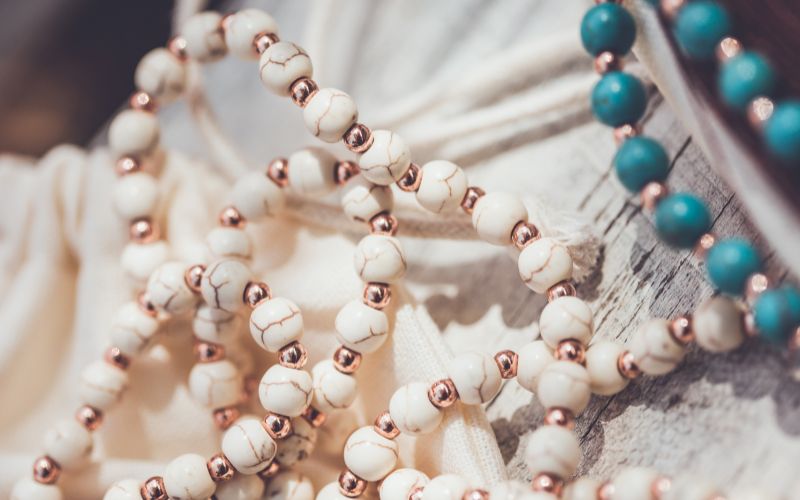


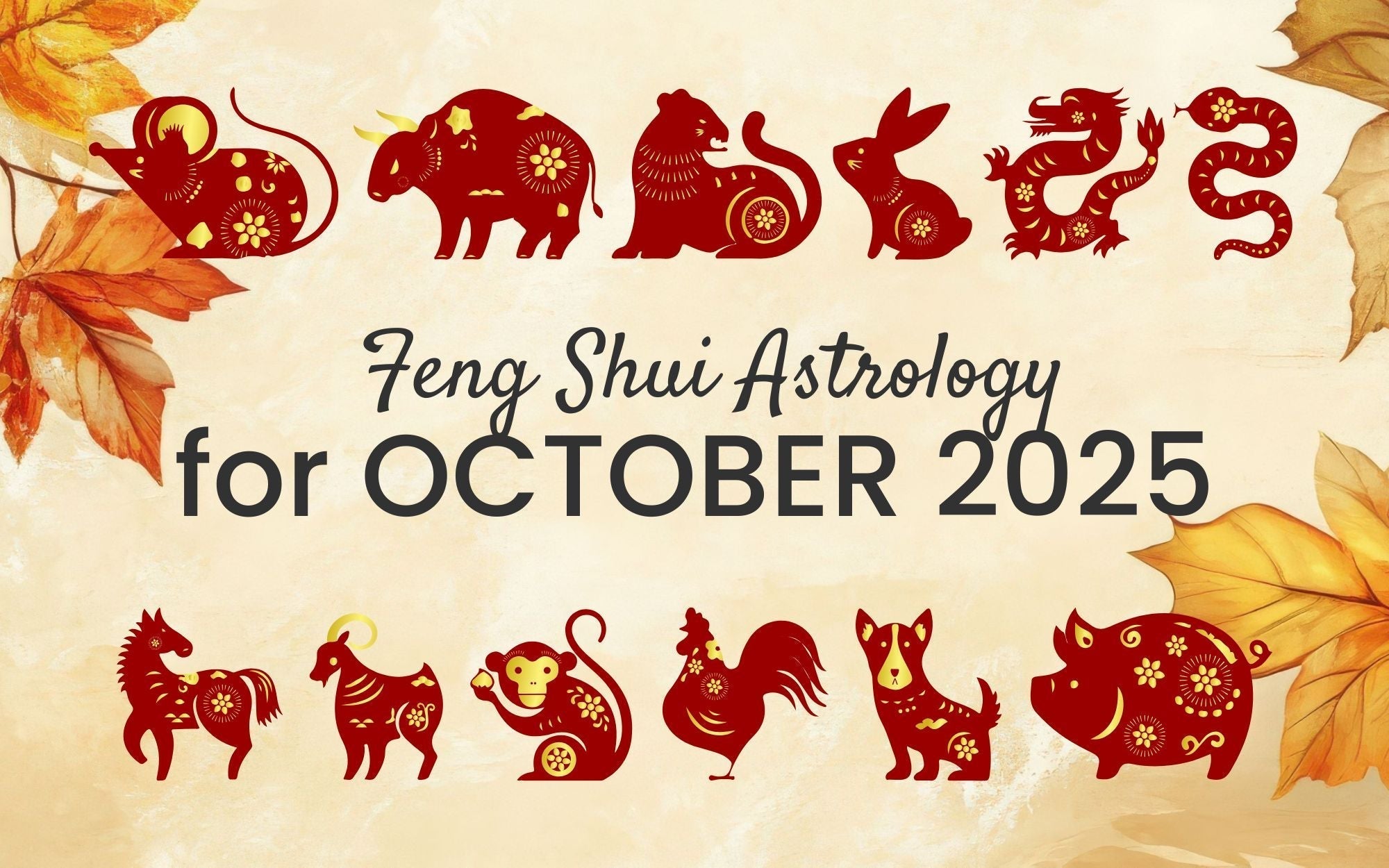
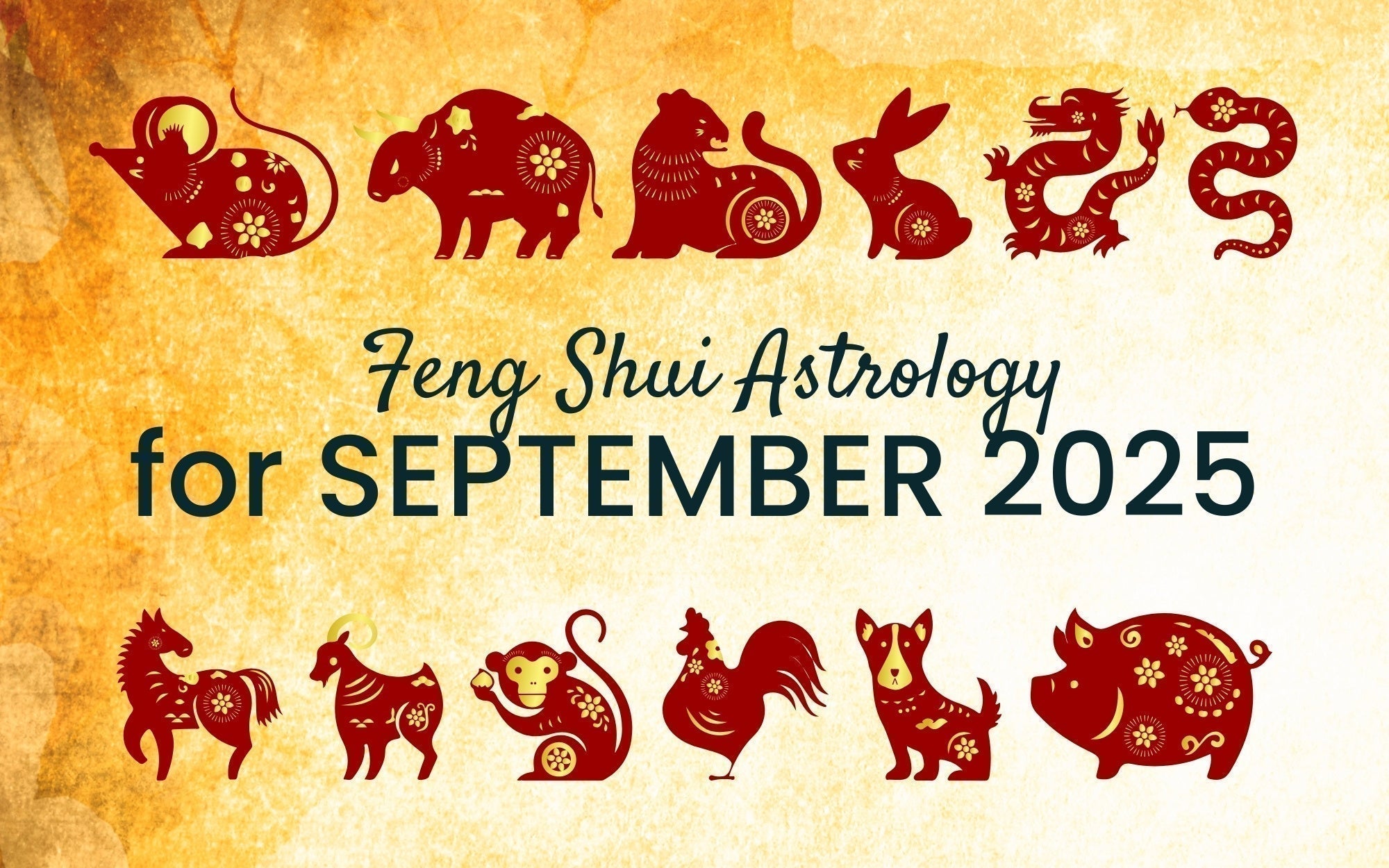

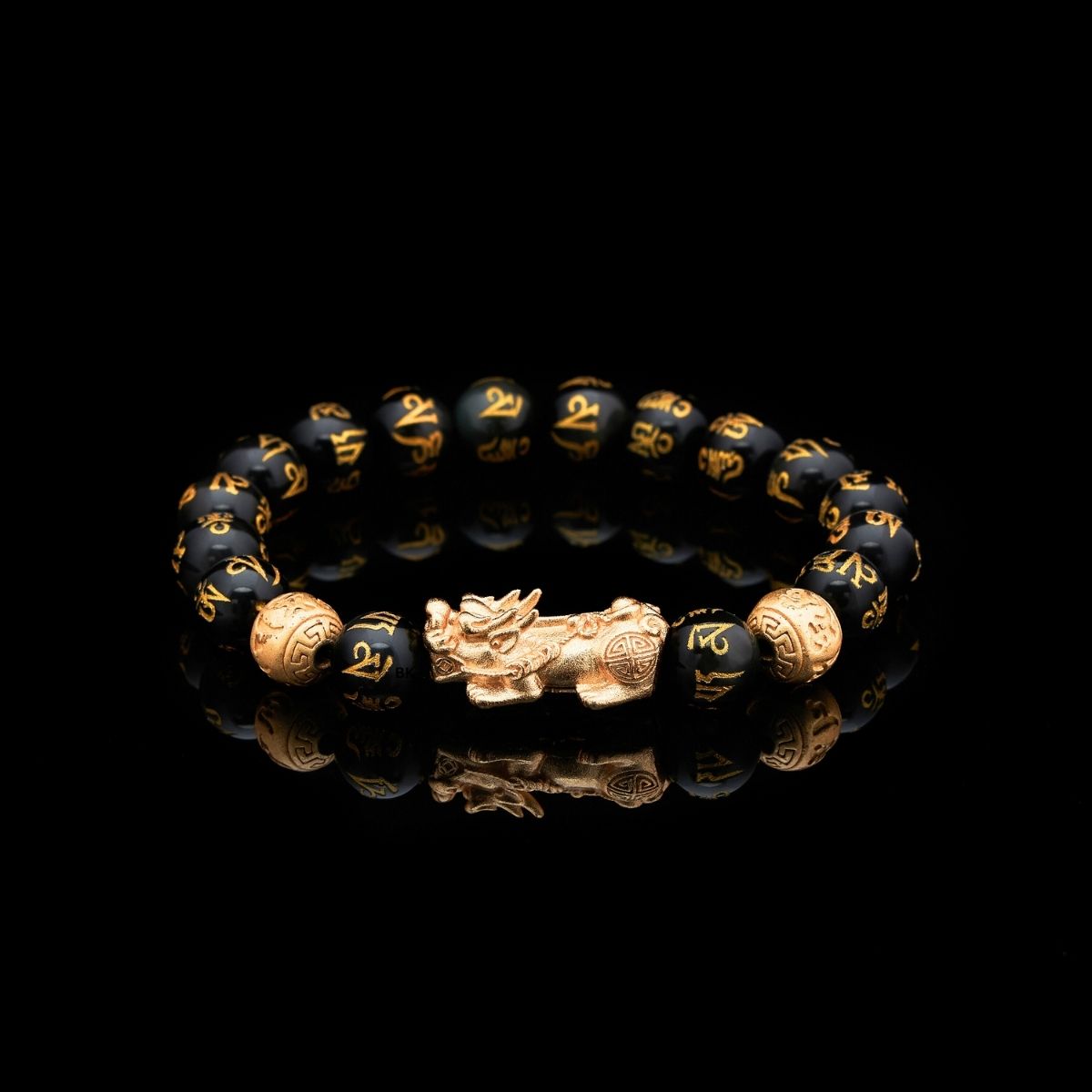

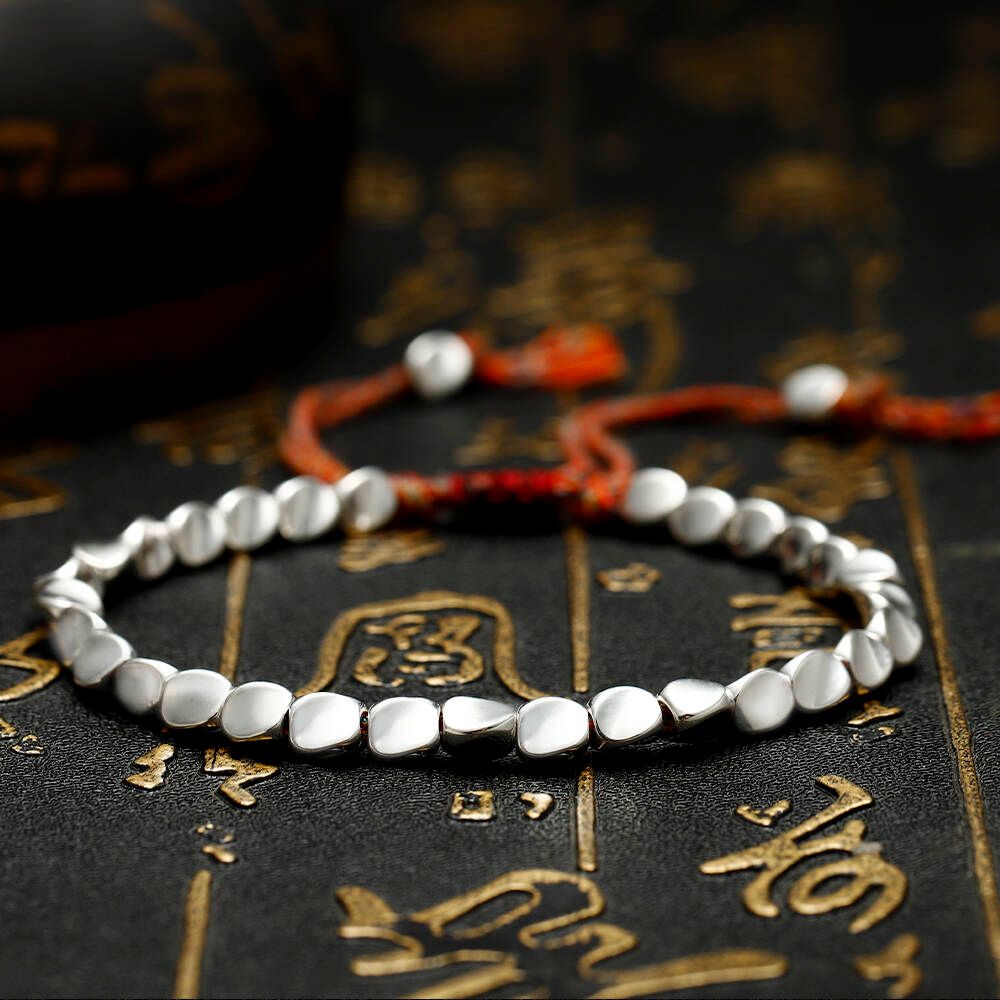

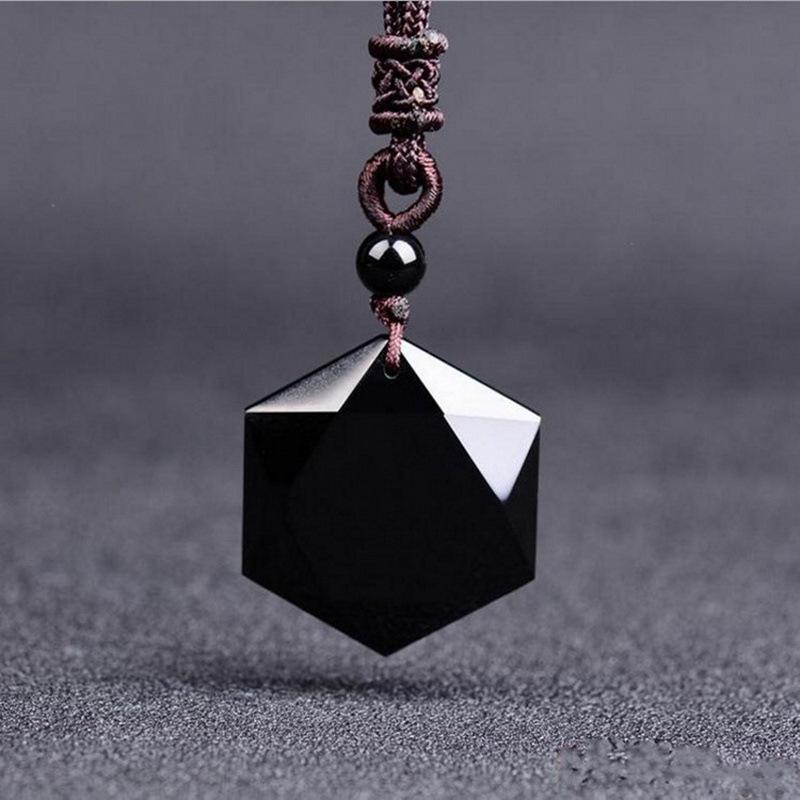

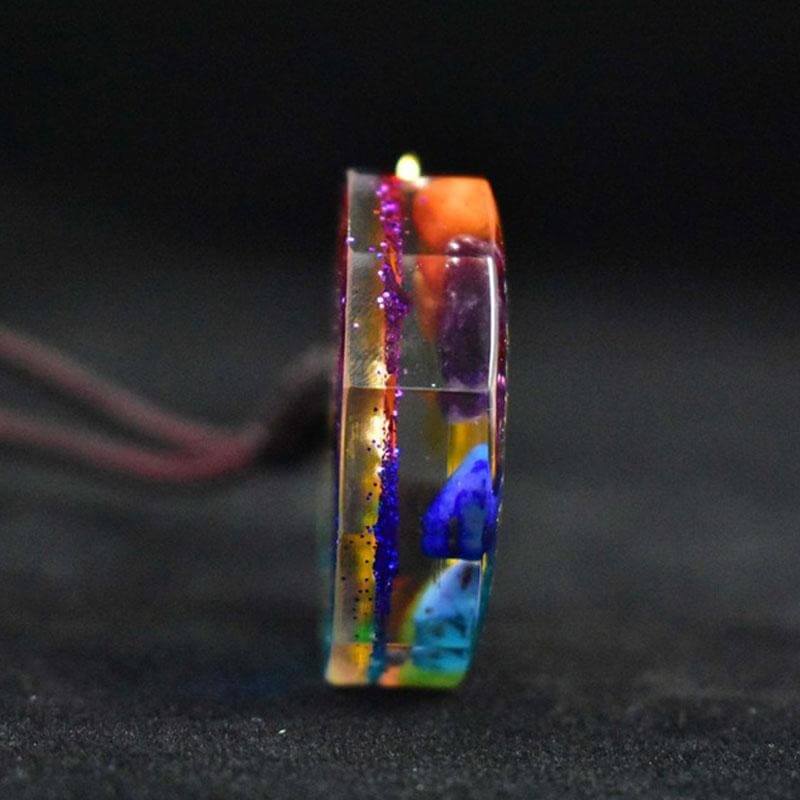
I need information on Malas mantras
Leave a comment